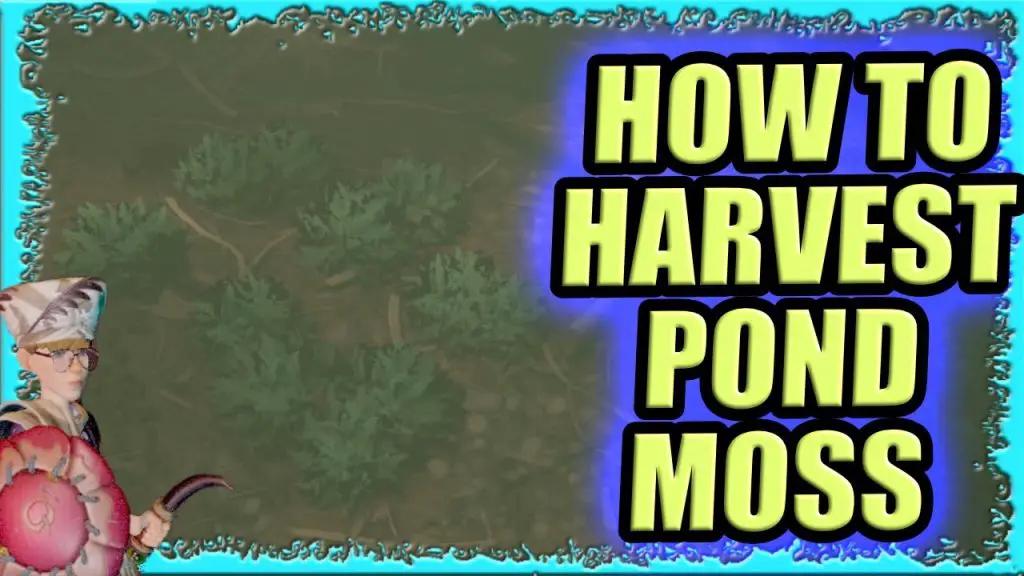Welcome to our guide on how to get pond moss! Pond moss can add a touch of natural beauty to your aquatic environment. Whether you have a backyard pond, a water garden, or an aquarium, incorporating pond moss can enhance the aesthetics and provide a habitat for various aquatic creatures. In this article, we will explore different methods to obtain pond moss and tips on how to care for it effectively.
Understanding Pond Moss
Pond moss, also known as aquatic moss or moss balls, is a type of aquatic plant that thrives in freshwater environments. It is characterized by its vibrant green color and soft, velvety texture. Pond moss plays a vital role in maintaining water quality by absorbing excess nutrients and providing oxygen for fish and other aquatic organisms.
Methods to Obtain Pond Moss
There are several ways to acquire pond moss for your water feature. Here are some common methods:
1. Purchase From A Nursery Or Online Retailer
One of the easiest ways to get pond moss is to purchase it from a nursery or online retailer that specializes in aquatic plants. You can choose from a variety of moss species that are suitable for your specific water feature.
2. Harvest From Natural Sources
If you have a natural pond or stream nearby, you can harvest pond moss from these sources. Make sure to obtain permission if needed and only collect moss sustainably to preserve the ecosystem.
3. Trade With Other Pond Enthusiasts
Joining online forums or local pond clubs can connect you with other pond enthusiasts who may be willing to trade or share their pond moss with you. This is a great way to diversify your moss collection and interact with like-minded individuals.

Credit: www.youtube.com
Caring for Pond Moss
Proper care is essential to ensure that your pond moss thrives and remains healthy. Here are some tips to help you maintain your pond moss:
1. Provide Adequate Lighting
Pond moss requires moderate to high levels of light to photosynthesize effectively. Place your moss in an area where it can receive sufficient natural or artificial light throughout the day.
2. Maintain Water Quality
Regularly test the water parameters in your pond or aquarium to ensure that they are within the optimal range for pond moss growth. Keep the water clean and well-aerated to prevent algae buildup.
3. Avoid Overfeeding Fish
Excess fish food can lead to an accumulation of nutrients in the water, which can promote algae growth and suffocate your pond moss. Feed your fish sparingly to maintain a balanced ecosystem.
4. Prune And Clean Regularly
Trim any overgrown or decaying parts of the pond moss to encourage new growth. Remove debris and dead leaves from the moss regularly to prevent water quality issues.
5. Monitor For Pests And Diseases
Keep an eye out for any signs of pests or diseases that may affect your pond moss. Quarantine affected moss and treat it promptly to prevent the spread of infections.
Benefits of Pond Moss
Introducing pond moss to your water feature offers a range of benefits, including:
- Enhanced Aesthetics: Pond moss adds a natural and lush green element to your pond or aquarium.
- Water Quality Improvement: Pond moss helps to filter the water and absorb excess nutrients, promoting a healthier aquatic environment.
- Habitat for Aquatic Life: Pond moss provides shelter and food sources for small fish, invertebrates, and other aquatic organisms.
- Oxygenation: Through photosynthesis, pond moss releases oxygen into the water, benefiting the inhabitants of your water feature.

Credit: www.reddit.com
Conclusion
Getting pond moss for your aquatic environment can enhance its beauty and functionality. Whether you choose to purchase moss from a retailer, harvest it sustainably, or trade with fellow enthusiasts, incorporating pond moss can bring numerous benefits to your pond, water garden, or aquarium. Remember to care for your pond moss diligently by providing adequate lighting, maintaining water quality, and monitoring for pests and diseases. By following these tips, you can enjoy a thriving and vibrant aquatic ecosystem with the addition of pond moss.





